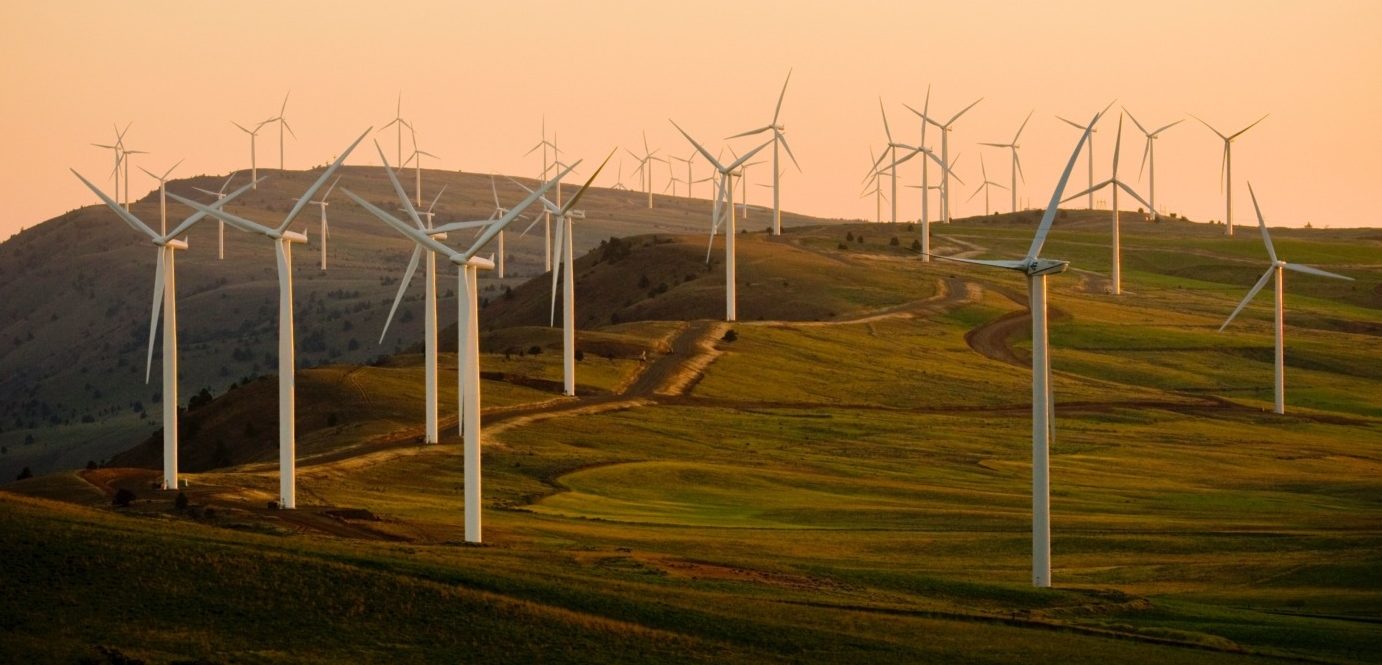Wind power is the way forward
A wind power plant that is being built near the coast of Yorkshire is breaking records: Hornsea One will be the world’s biggest offshore windfarm and will cover 407 square kilometres. It will be about five times bigger in size than the close-by city of Hull. It will be twice as powerful as the current biggest windfarm and will power a million UK homes. However, this record doesn’t come out of the blue. Wind power is on the rise and with massive investment into the sector and a naturally advantageous climate, the UK is poised to be one of the leading wind power nations.
Wind energy is generated through turbines that work like a reverse electric fan: fans use electricity to make wind while turbines use wind to generate electricity. An average turbine produces energy around 70-85% of the time. Energy can be stored in batteries for later use. According to the UK Met Office which uses long-term averages of ‘windiness’ indicators it is reasonable to say that the United Kingdom is one of the windiest countries of Europe.
Electricity-generating turbines produce zero carbon emissions and are clean renewables
The advantages of wind power are massive: Electricity-generating turbines produce zero carbon emissions and are clean renewables. The only drawback is a danger to bird and bat life, but it can be argued that emissions of fossil-fuel plants and their impact on the climate have a much bigger effect on wildlife in general. There are a lot of points suggesting that it bests other renewable sources. Hydro power in comparison requires the damming of rivers and streams, which can disrupt the habitats of animals, fish, and plants. One of the big disadvantages of solar power compared to wind power is the average cost per kWh. Due to the high price of solar panels the world average is $10 cents for solar and only $6 cents for wind (and only $4.7 cents for hydro) according to the 2017 International Renewable Energy Agency report (using levelized cost of energy).
The UK’s offshore wind power capacity will nearly double by 2030 according to a BBC report
While wind as a source constitutes 3.9% of the planet’s electricity according to Forbes, this number is likely to rise. The UK is the world’s fourth largest producer of wind power, and generated enough electricity to power 12.7 million UK homes in 2017. This amounts to 15% of the UK’s entire electricity demand that year, which was the highest annual amount ever increasing from 11% in 2016, partly due to higher wind speeds. The UK’s offshore wind power capacity will nearly double by 2030 according to a BBC report. By that time, it is claimed, a fifth to a third of electricity could come from offshore wind power. This is made possible by a new auction process of energy firms bidding for contracts. It was set up by the Climate and Energy Secretary, and cut the cost of supporting offshore wind by half.
RenewableUK’s executive director Emma Pinchbeck has stated that investment in the offshore wind industry is projected to reach £48 billion by 2030
Renewables overall provide 29.4% of the UK electricity – up from 25% due to increased capacity. The global market saw investments worth $286 billion in 2015 in renewables, and wind is a big part of that. According to Bloomberg, investments in the wind power sector between 2007 and 2016 amounted to $900 billion. $57 billion was invested in the first half of 2018, which marks a 33% increase compared to the previous year’s period. The US wind power investments made up 60% of total clean energy investments which were $28.8 billion in the first half of 2018. The investment impact of the UK’s 1,500 operational onshore wind farms is over £35 billion, and RenewableUK’s executive director Emma Pinchbeck has stated that investment in the offshore wind industry is projected to reach £48 billion by 2030. One of the leading backers Macquarie Green Investment Group has invested £1.6 billion in the UK’s offshore wind sector.
Wind power is a global trend – and with massive projected investments in the sector, a big step towards cleaner, more sustainable electricity generation is being taken.

Comments